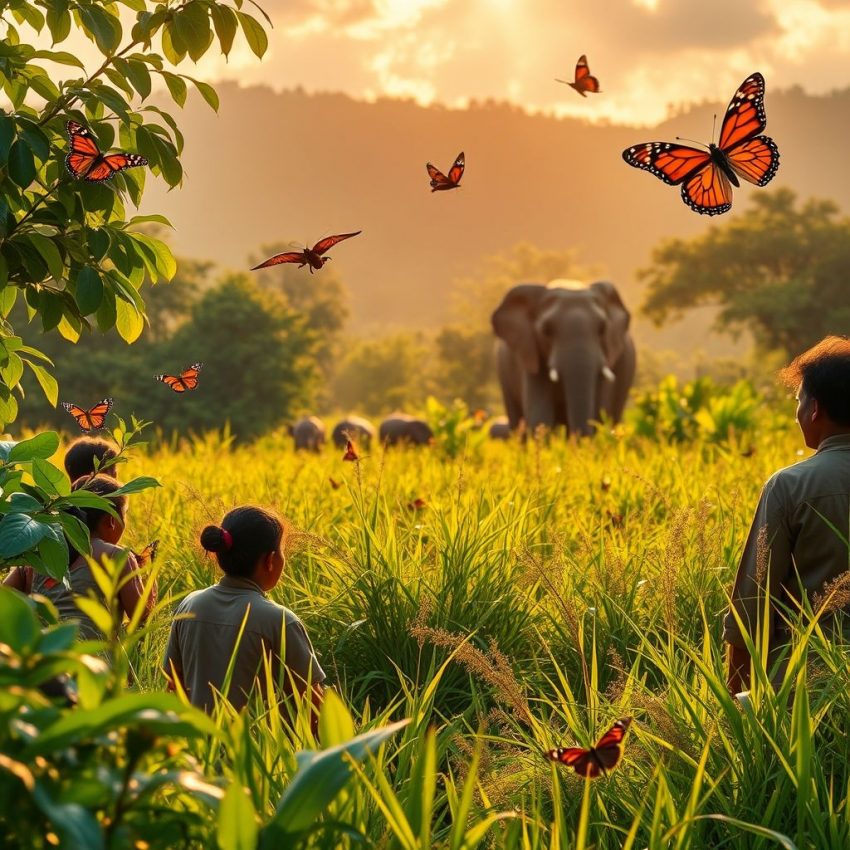Monkey Business: Sri Lanka's Wildlife Census Sparks Debate Over Crop Damage
Sri Lanka, a biodiversity hotspot, is embarking on a nationwide wildlife census, counting everything from its iconic elephants to the more mischievous monkeys, giant squirrels, and flamboyant peacocks. While vital for conservation efforts, the census has reignited a long-simmering conflict between farmers and wildlife, particularly concerning crop damage.
The island nation, renowned for its rich flora and fauna, is home to a diverse primate population, including toque macaques, purple-faced langurs, and grey langurs. These charismatic creatures, while undeniably charming, are increasingly coming into conflict with human populations, particularly those living in rural areas. Similarly, the vibrant peafowl and large, colorful giant squirrels, while adding to the island's natural beauty, are also contributing to the problem.
Farmers across the island complain of significant crop losses due to these animals. Monkeys, known for their intelligence and dexterity, raid fields for fruits, vegetables, and even grains. Giant squirrels, with their powerful jaws and acrobatic skills, can decimate coconut and fruit harvests. Peacocks, though less destructive, are known to target grains and young seedlings.
"It's a constant battle," laments one farmer from the central province. "We invest time, money, and hard work into our crops, only to have them plundered by monkeys and squirrels. It's becoming increasingly difficult to make a living."
The wildlife census, while crucial for understanding population dynamics and informing conservation strategies, has highlighted this escalating human-wildlife conflict. The data gathered will provide valuable insights into the distribution and abundance of these species, allowing authorities to develop more effective management plans.
However, farmers argue that the census is only the first step. They demand practical solutions to mitigate crop damage and protect their livelihoods. Some suggest strategies like:
- Improved fencing and barrier methods: Implementing robust barriers around fields can deter animals from accessing crops.
- Community-based wildlife management programs: Engaging local communities in managing wildlife populations can foster a sense of ownership and encourage sustainable practices.
- Crop insurance schemes: Providing farmers with insurance against wildlife damage can offer financial security and reduce the burden of loss.
- Promoting alternative livelihoods: Supporting farmers in diversifying their income sources can reduce their reliance on crops vulnerable to wildlife damage.
- Exploring humane wildlife deterrents: Researching and implementing effective and humane methods to deter animals from crops, such as sonic repellents or natural predators.
The challenge lies in finding a balance between conservation and the needs of local communities. Protecting Sri Lanka's unique biodiversity is essential, but not at the expense of the people who share the land with these animals. The wildlife census offers a crucial opportunity to address this complex issue and develop sustainable solutions that benefit both wildlife and people. The conversation has begun, and hopefully, concrete action will follow, leading to a more harmonious coexistence between humans and the vibrant wildlife of Sri Lanka.
Don’t miss out on this exclusive deal, specially curated for our readers! HyperDrive Next 10 Port USB-C Hub
This page includes affiliate links. If you make a qualifying purchase through these links, I may earn a commission at no extra cost to you. For more details, please refer to the disclaimer page. disclaimer page.

